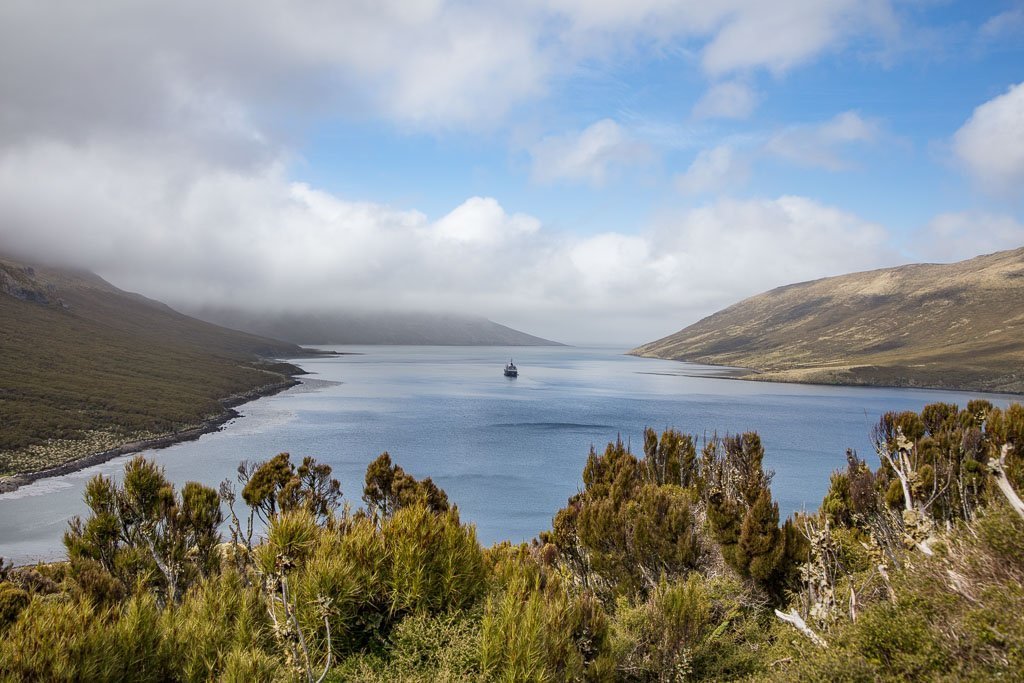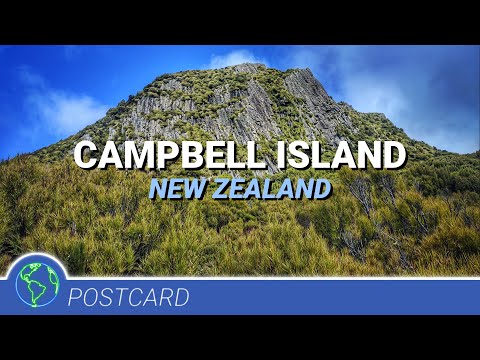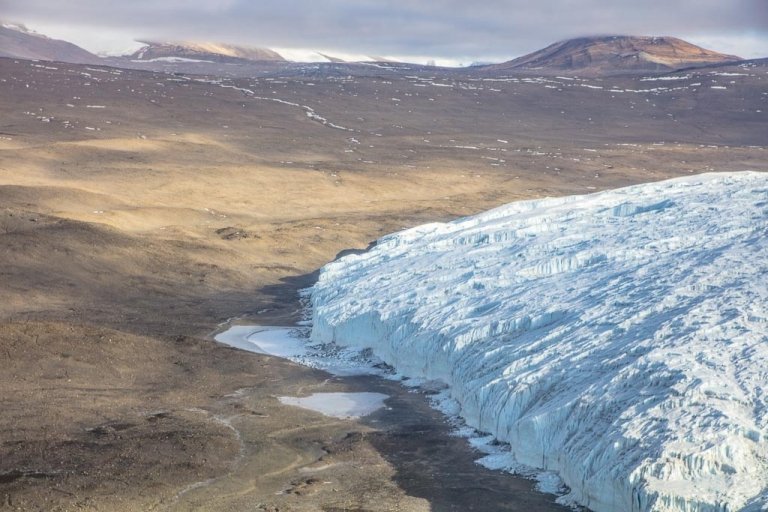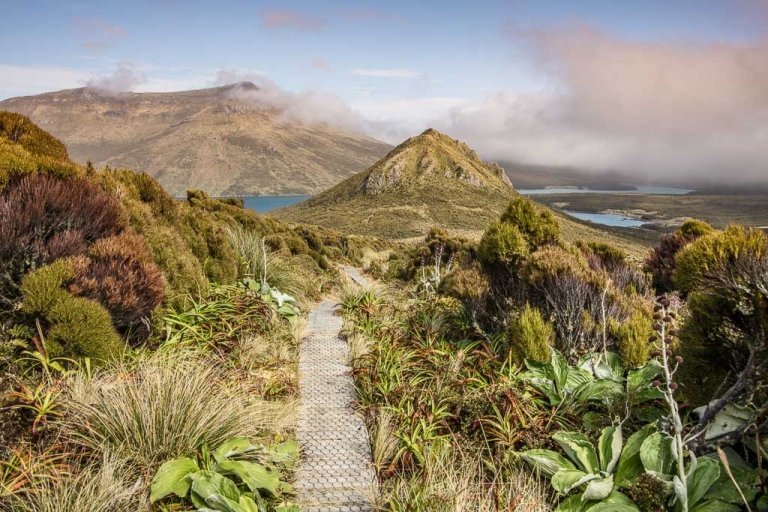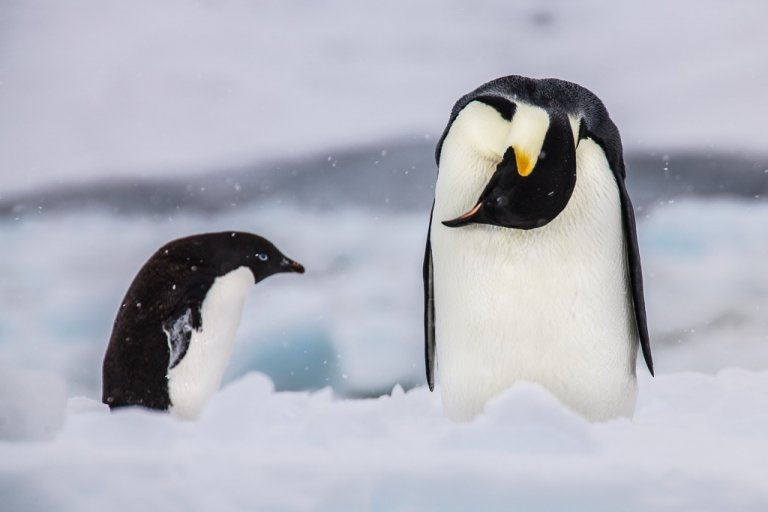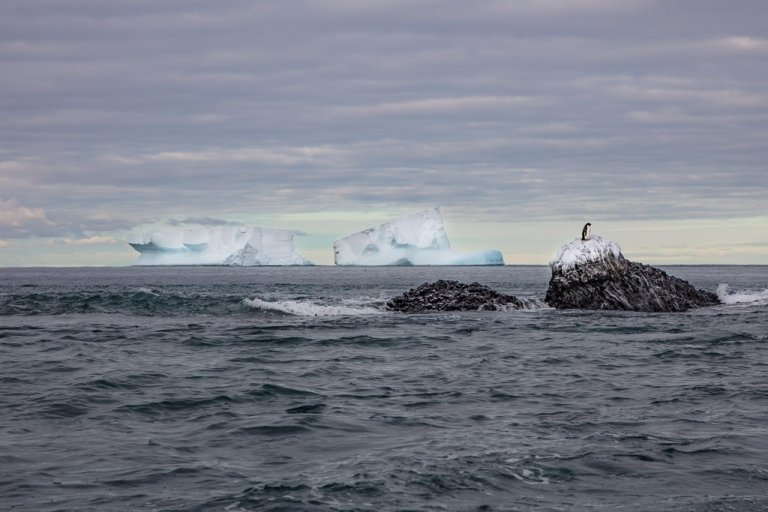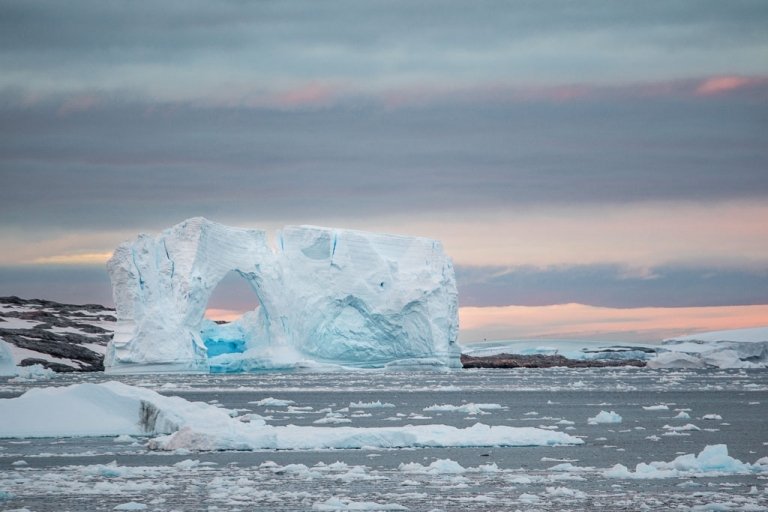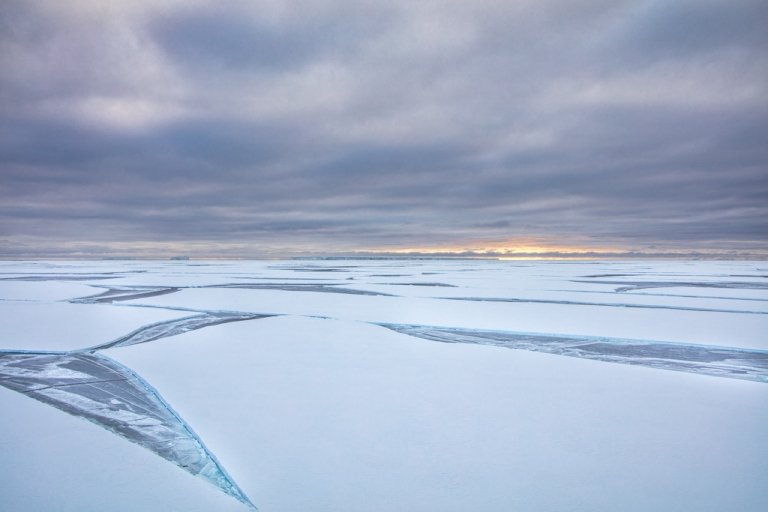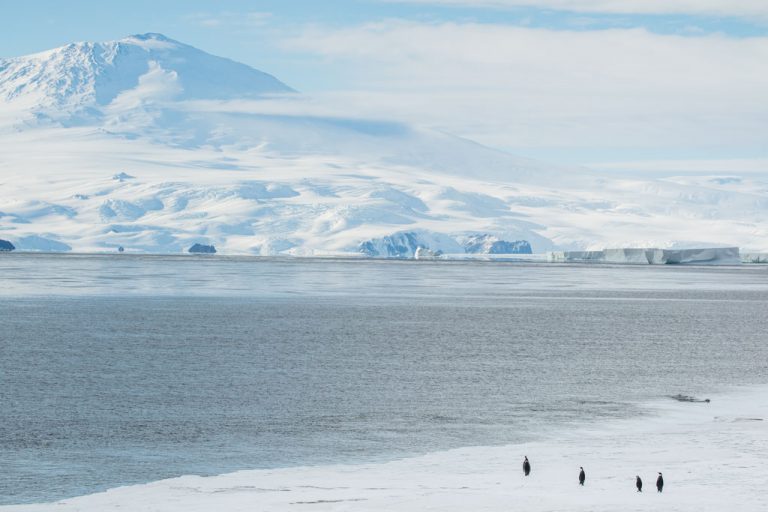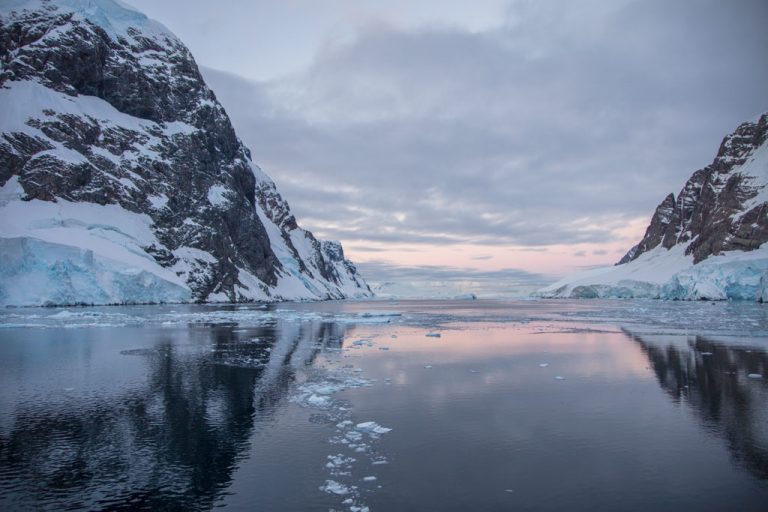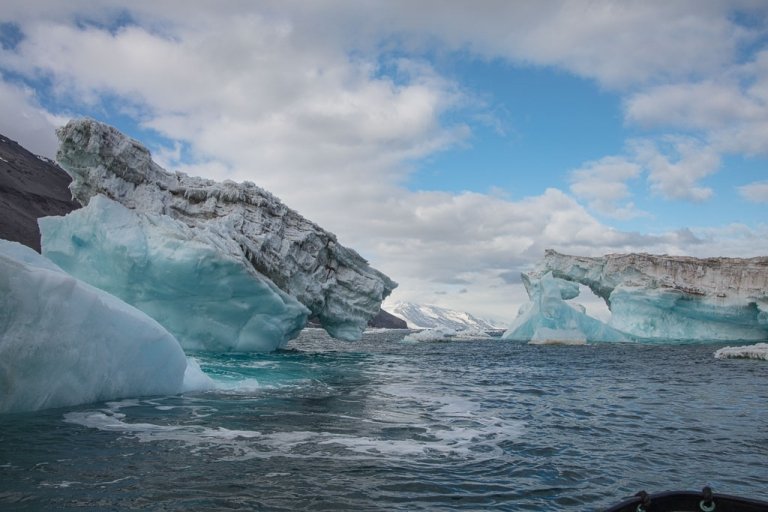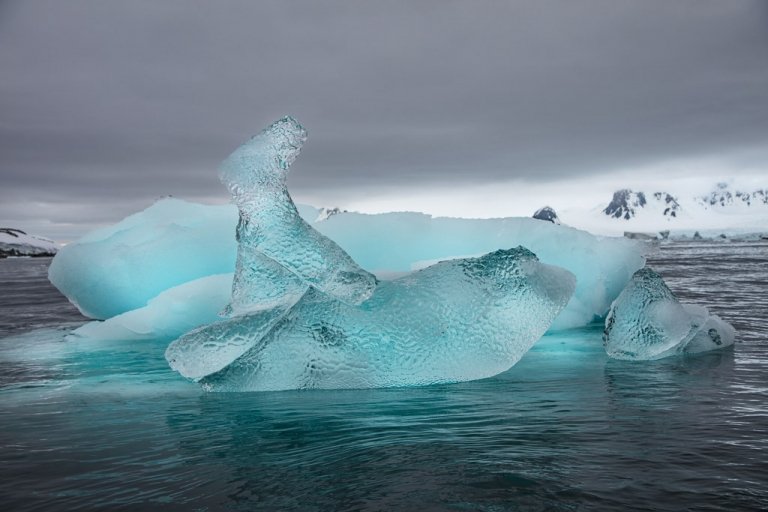I traveled onboard the M/V Ortelius from New Zealand to visit Campbell Island on the way down to the Ross Sea & Antarctica as an independent press & media representative with Oceanwide Expeditions. All opinions are my own.
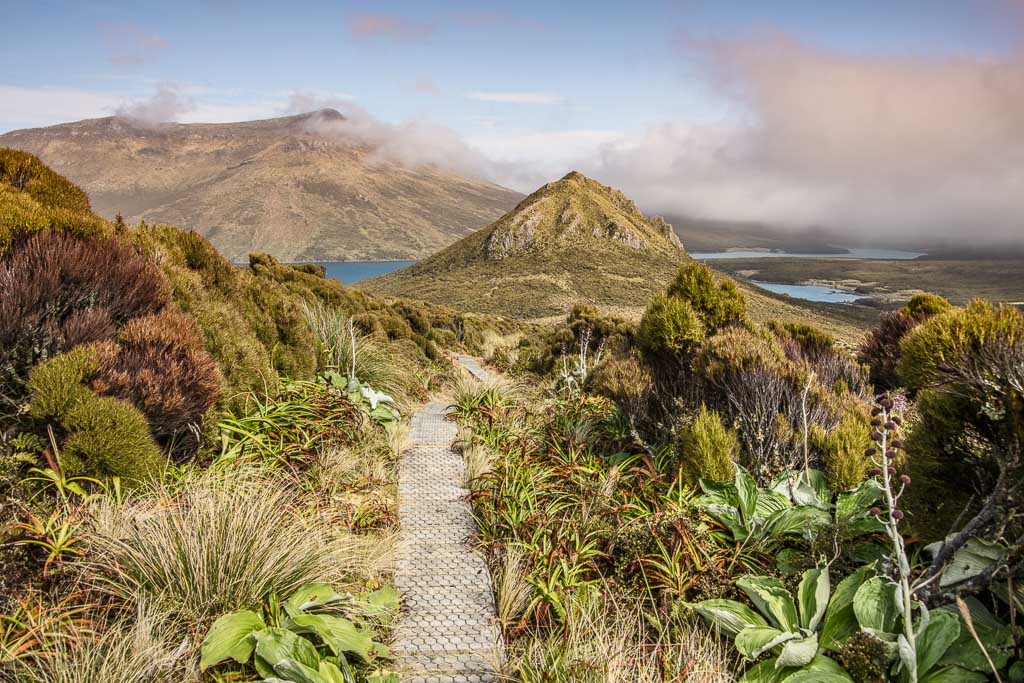
Campbell Island: Off The Beaten Path New Zealand
Updated February 2024, Campbell Island, New Zealand Off The Beaten Path was originally written in April 2017
When people think of New Zealand they typically think of the two big players in the game: The North Island and the South Island. But did you know New Zealand encompasses more islands than just its two sprawling superstars?
New Zealand includes a number of other islands and island groups, actually over 600! Several are in the Subantarctic, here are the groups of them:
- Campbell Island (Motu Ihupuku)
- Auckland Islands (Motu Maha)
- The Snares (Tini Heke)
- Bounty Islands
- Antipodes Islands
All of these island groups lie south of New Zealand in the Southern Ocean between the Antarctic and the Subtropical Convergence.
Want to learn more about Antarctica? Check out my Antarctica Travel Guide
Need Travel Insurance and Evacuation Services for New Zealand?
Start shopping for travel insurance plans over at IATI Insurance. Readers of the Adventures of Nicole get a 5% discount off your plan.
The Adventures of Nicole partners with Global Rescue to offer the world’s leading medical evacuation and security advisory services. To travel with peace of mind, shop evacuation coverage at Global Rescue.
Check out this video by Kyle Sullivan. I met Kyle on my trip to Antarctica, in fact, he actually won the contest put on by Oceanwide Expeditions.
Quick Info About The Campbell Islands
- The Campbell Islands are New Zealand’s southernmost subantarctic island group. The group is comprised of the main and largest Campbell Island, with Dent and Jacquemart being the next largest. Other islands include; Isle de Jeanette Marie, Gomez Island, Folley Island, Hook Keys, Wasp Island, Monowai Island, and Survey Island.
- The island group’s size comes in at 11,331 hectares
- The Campbell Islands are located 700 km south of New Zealand’s South Island at 52º 33’S.
- The islands were “discovered” by Europeans on 4 January 1810 by Captain Frederick Hasselburgh on the Perseverance and were reserved in 1954.
- The island group is known for its flora and fauna, much of which is endemic to Campbell Island and other Subantarctic Islands, with some species only found in the Campbell Island group and nowhere else on Earth.
- Sheep (for farming) and rats (on accident) were introduced to the Campbell Islands long ago but have since been eradicated due to extensive efforts by New Zealand’s Department of Conservation Since the eradication of non-native species, the native flora and fauna have bounced back.
Curious about other Antarctic Islands? Check out Franklin Island
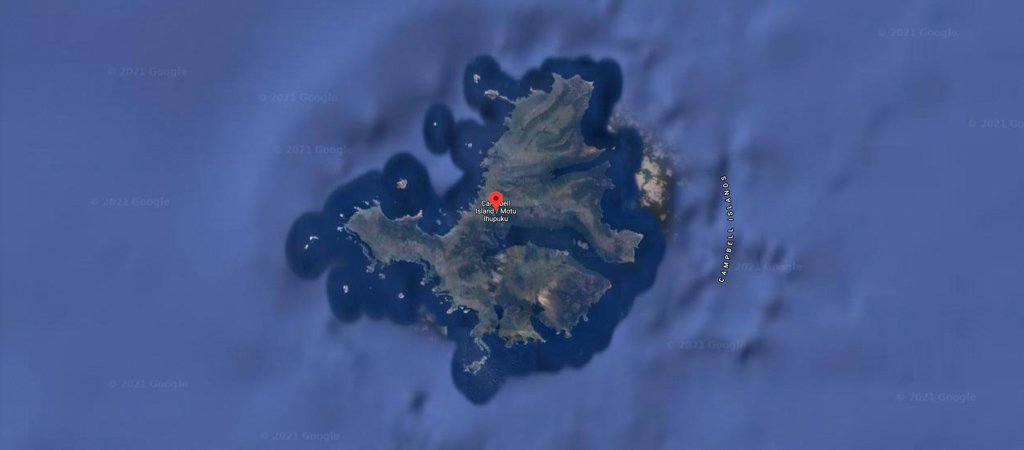
How To Get To Campbell Island
Getting to Campbell Island is only possible by helicopter or chartered vessels.
Most visitors come via expedition cruise ship from Invercargill/Bluff or Christchurch. If boarding a ship from Christchurch, make sure and check out this itinerary from Christchurch to Queenstown with Enterprise. I visited Campbell Island in February 2017 on the M/V Ortelius with Oceanwide Expeditions.
Weather On Campbell Island
Generally, the weather is cloudy, windy, wet, and cold. 75% of the year you can expect 65 kph gusts on any given day. About 300 days per year you can expect precipitation to fall in the form of rain or snow.
Like unusual islands? Read about Socotra Island
What To See & Do On Campbell Island
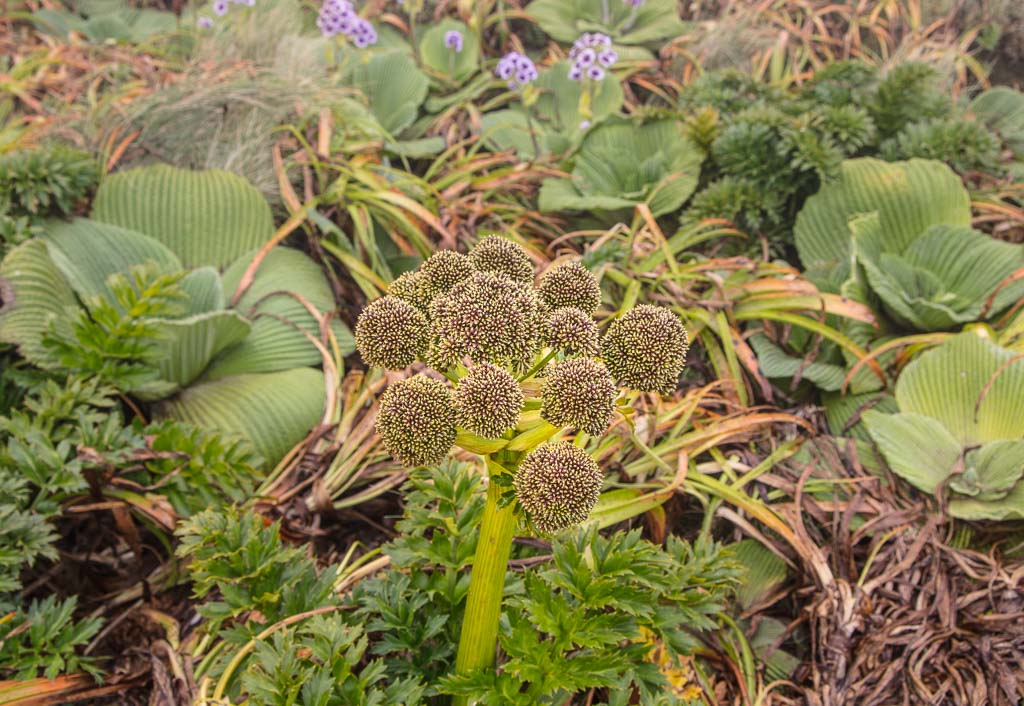
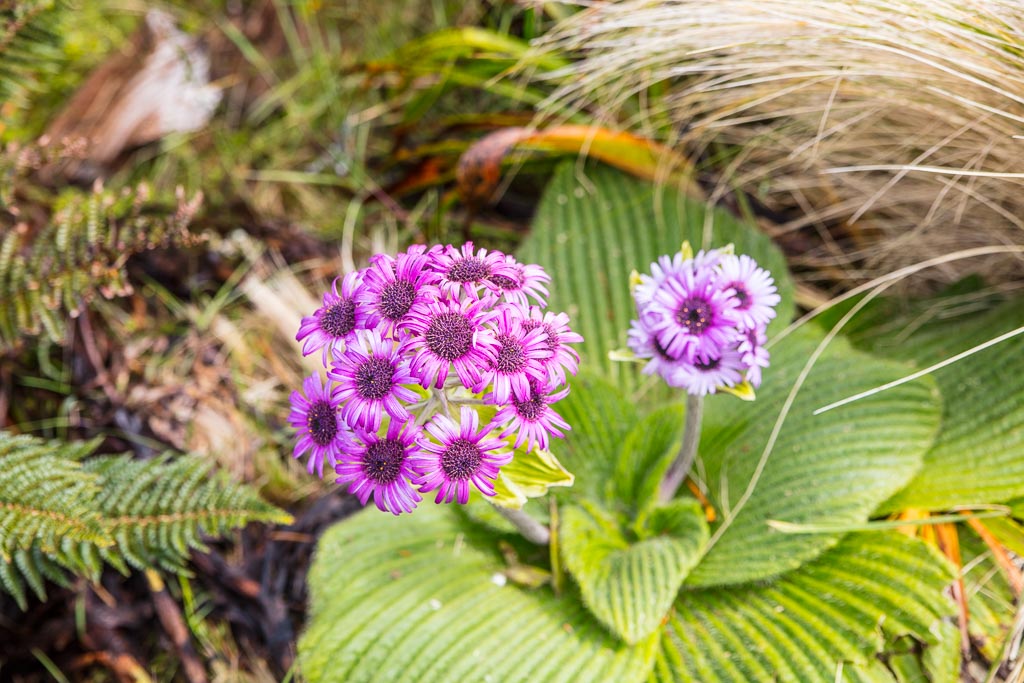
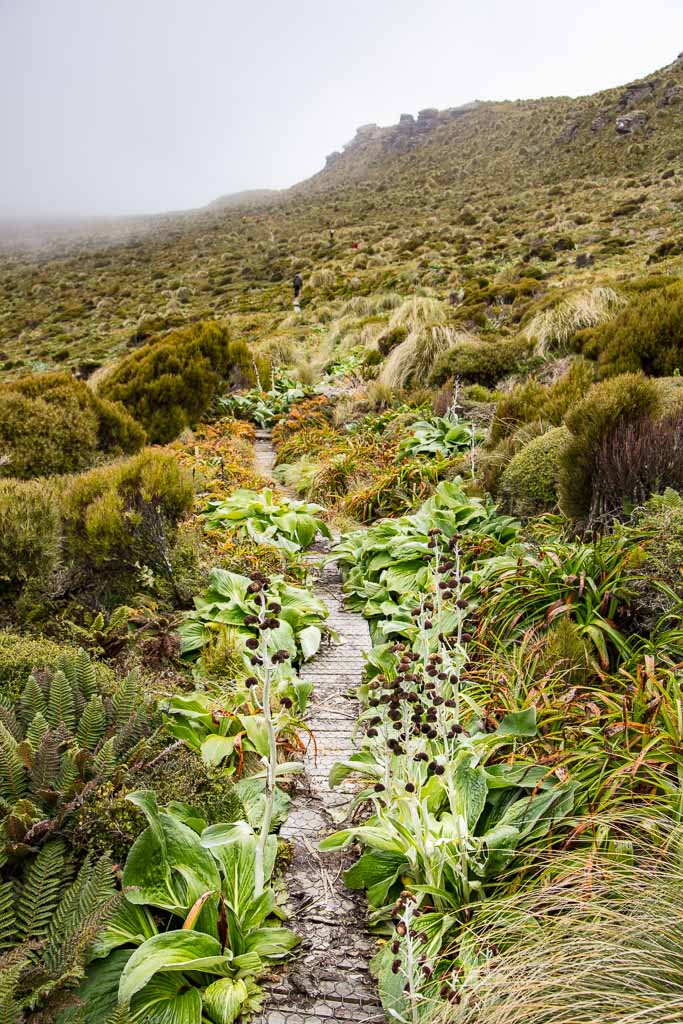
Unique Flora
The Campbell Islands are home to unusual plants, including its famous megaherbs. Many of the grasses and megaherbs are endemic to The Campbell Islands or at least to New Zealand’s Subantarctic Islands. Some of Campbell Island’s most well-known megaherbs include:
- Cambell Island Daisy Pluerophyllum Speciosum
- Silver Leaf Daisy or Sage Green Rosette Herb Pluerophyllum Hookeri
- Campbell Island Carrot Anisotome Latifolia
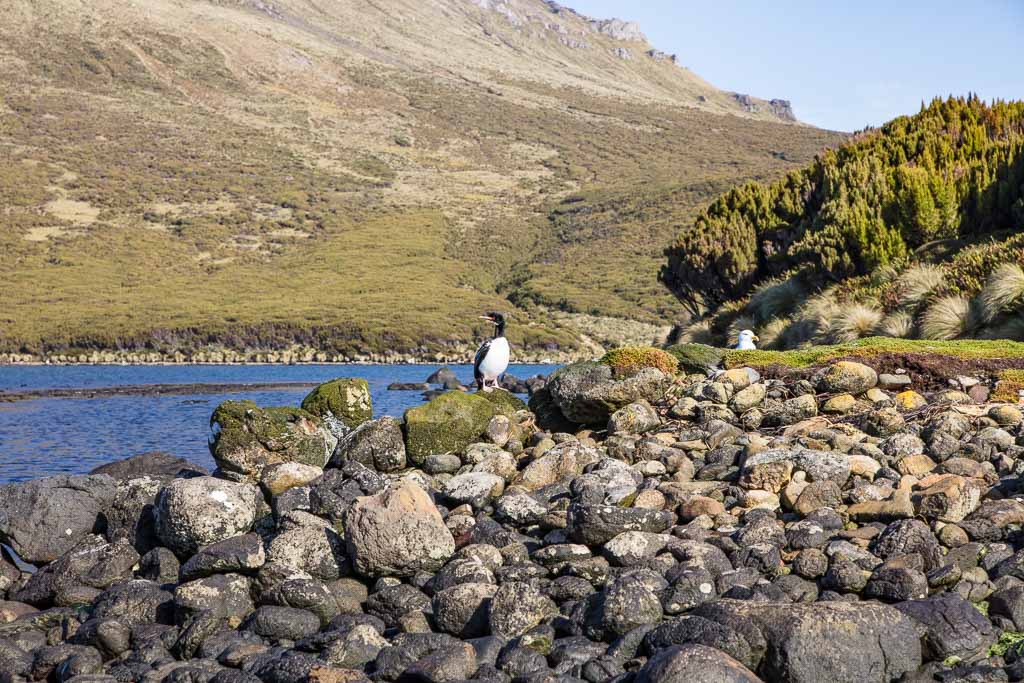
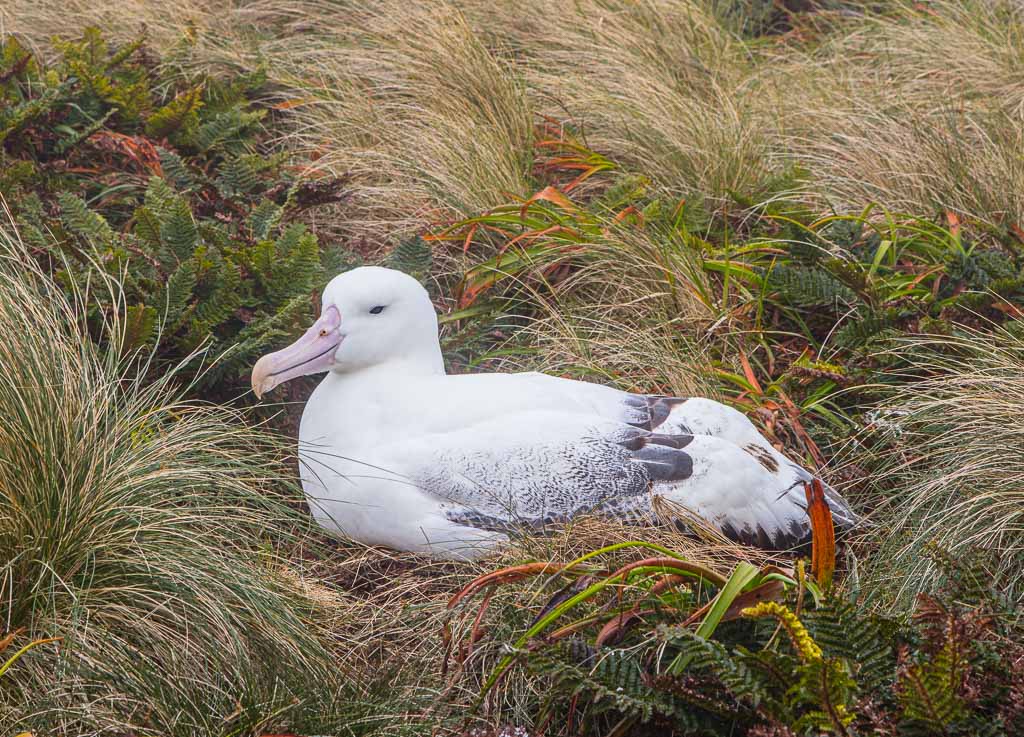
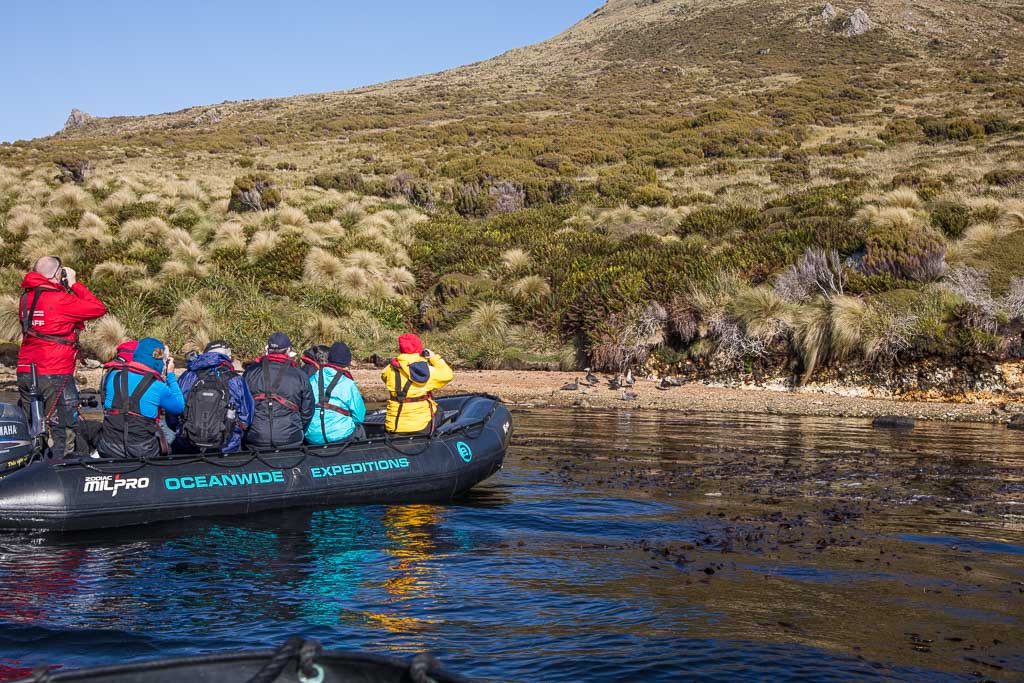
Rare Birds
The Campbell Islands are albatross central: Six different types of Albatross breed on Campbell Island, one of which (the Campbell Island Mollyhawk) breeds nowhere else. Species that breed on the islands include:
- Light Mantled Sooty Albatross
- Southern Royal Albatross
- Antipodean Albatross
- Grey-Headed Mollyhawk
- Black-Browed Mollyhawk
Other birds that can be spotted on the islands include:
- New Zealand Antarctic Tern
- Northern Giant Petrel
- Sooty Shearwater
- White Chinned Petrel
- Subantarctic Diving Petrel
- Grey-Backed Storm Petrel
- Subantarctic Skua
- Campbell Island Shag
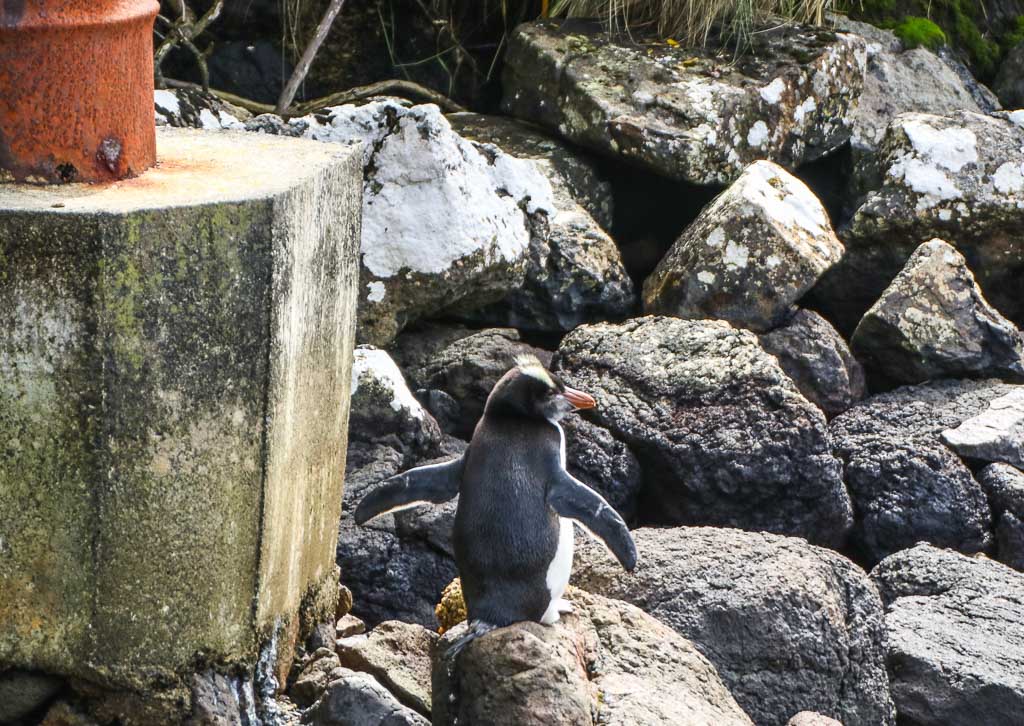
Penguins
Other seabirds that can be found on the Campbell Islands are penguins, both of which species are quite rare. Penguins found on Campbell Island include:
- Yellow-Eyed Penguin
- Eastern Rockhopper Penguin
Land Birds
Land birds also call the Campbell Islands home. Landbirds include:
- Campbell Island Teal
- Campbell Island Snipe
- New Zealand Pipit
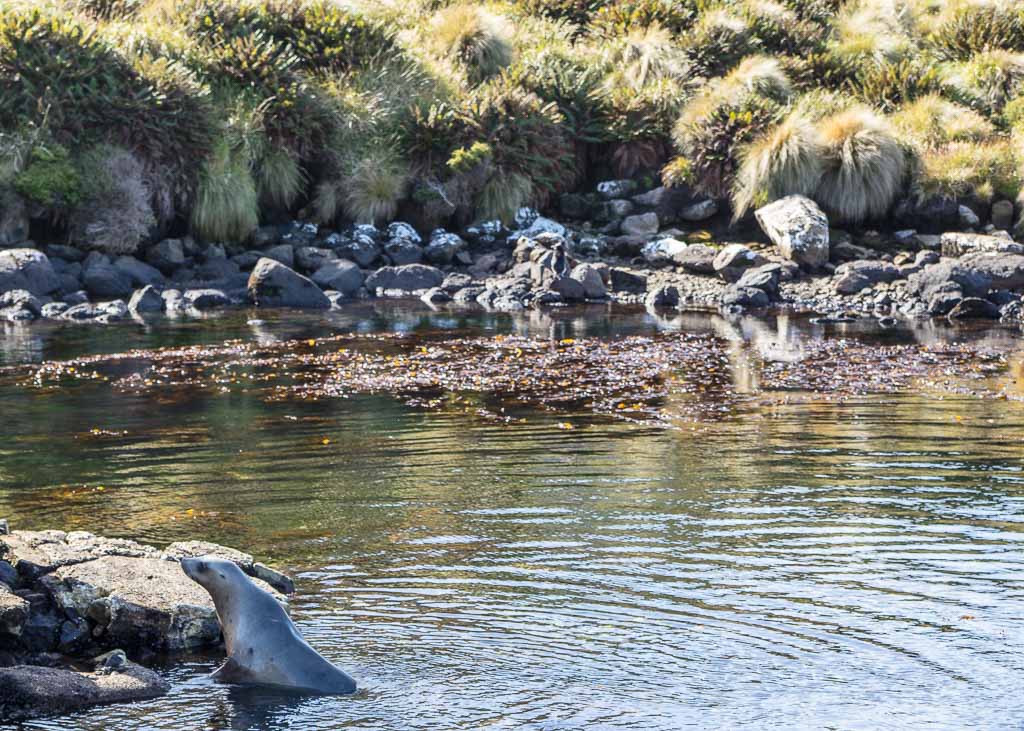
And Mammals
The Northwest Bay of Campbell Island is the best place to spot New Zealand Sea Lions and Southern Elephant Seals. New Zealand Fur Seals can be spotted around the islands as well.
For whales, Northwest Bay in the winter will be your best bet to spot the Southern Right Whale. However, you’d be more likely to see them in the Auckland Islands (another New Zealand Subantarctic Island group).
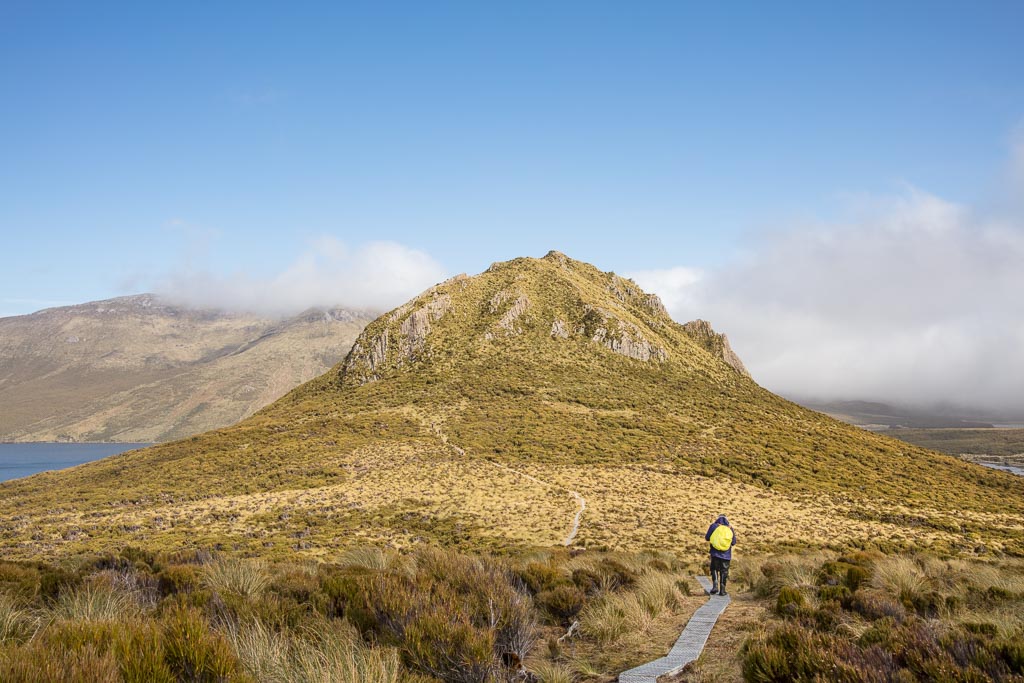
Take A Hike
The best way to explore Campbell Island and view its rare plants and animals is by way of a marked hiking trail.
See it to believe it: Check out the unusual Iranian rainbow island of Hormuz
See The World’s Most Remote Tree
There’s a Sitka Spruce that’s over 100 years old planted on Campbell Island. The nearest tree is 222 km away on the Auckland Islands.
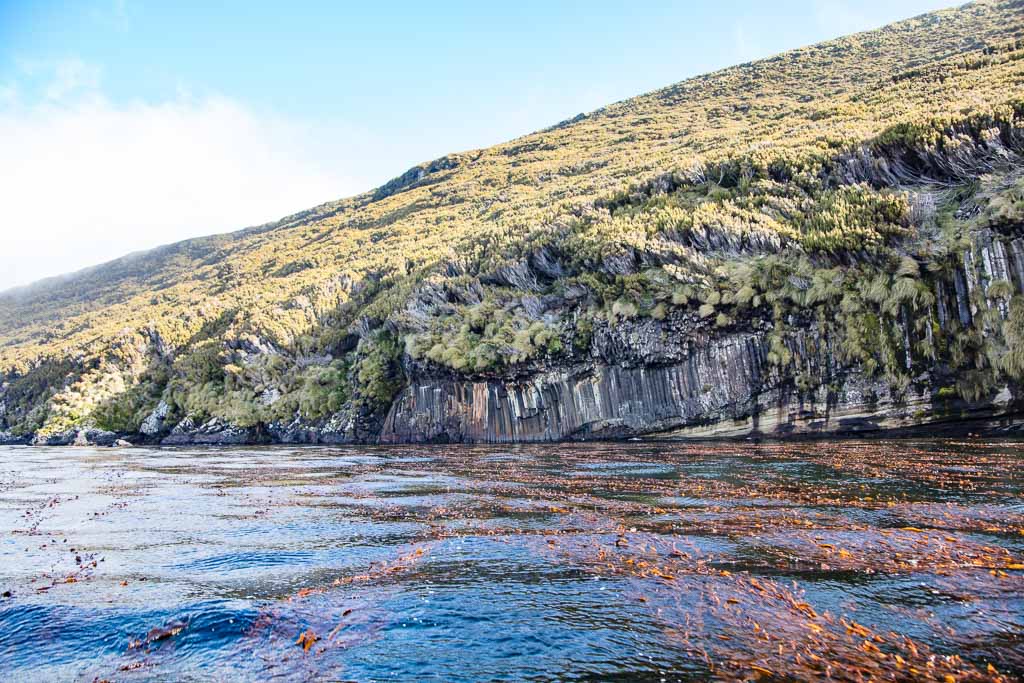
Cruise Past The Basalt Columns
The Basalt Columns of Perseverance Harbor are a unique geological sight to see on Campbell Island.
Have Any Questions About Campbell Island, New Zealand?
Ask in the comments section below.
